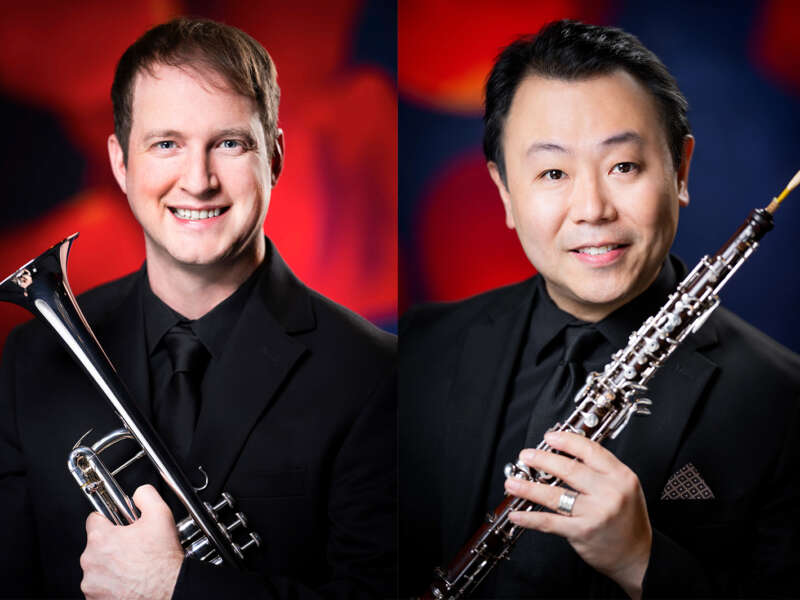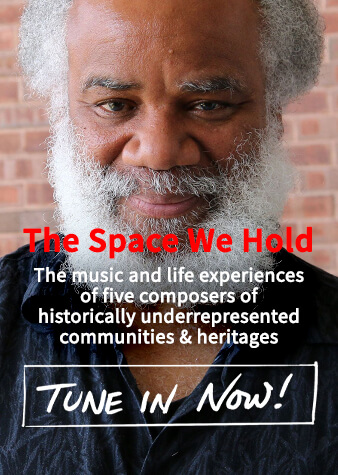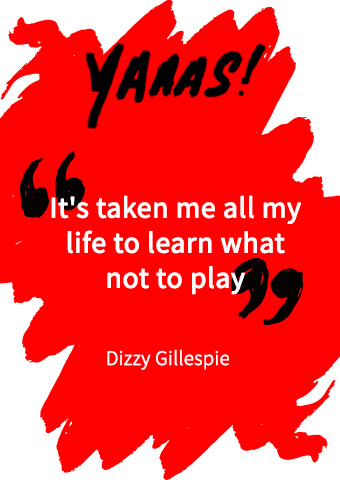VC WEB BLOG | Paolo Alberghini, Alberghini Fine Violins, New York – 'The Genius of Guarneri del Gesù'
On this the 270th anniversary of the death of revered Italian luthier Giuseppe Antonio Guarneri del Gesù, Paolo Alberghini from Paolo Alberghini Fine Violins, New York reflects on the great maker and why his legacy matters most of all.
A true artist leaves a legacy that speaks to humanity’s most integral quest for meaning as individuals in a specific moment in time. This legacy can come in many forms; A poem, a painting, a sculpture, a musical composition. But for violin-makers, artisans by training, there lies a small group who took upon the idea of shaping pieces of maple and spruce in a unique fashion, in order to manipulate the laws of acoustic, thus creating an instrument whose voice became the soul of another artist. An instrument with limitless possibilities of tone, color, power, and brilliance, one that poses no restrain to the mind and heart of the performer who has become the representative of an idea; that of giving the audience his interpretation of a work of art.
The case of Italian violin-maker Giuseppe Guarneri del Gesu (1698-1744) is the most unique of all. His rise to fame, and what can arguably be referred to as the best violin maker that ever lived, has been a 270 year old journey full of doubts, obstacles, and preconceptions characterized by a career that could not blossom under the shadow of Antonio Stradivari, who was already 54 years old when Del Gesu was born. While Stardivari was blessed with a long and healthy life, his genius developed in the context of a shop with 2 sons working full time for him. Nevertheless, it was not until after 1708-10, when he was around 66 years old, that his model of construction reached its peak in a time better known as “Golden Period”. Del Gesu only lived to be 46 and his production reached its peak very close to his final years.
Del Gesu’s work is a testament to the life he lived. While Stradivari was concern with cleanliness of execution in all of his craft, Del Gesu’s struggle to find his identity as a violin maker is evident in his style. His legacy of roughly 150 violins finished during his short life, possess one of the most rapid progressions of originality of any maker I have seen. For all the mystery that surrounds the particulars of his life, we find clues to his thinking and state of mind, as well as his influences, in the carefully planned execution of his work. Some of his designs for the head, F Holes, and shape of his violins might be described as rough, even crazy! In my eyes, I see a courageous and young genius that took a calculated risk in order to be true to his ideas.
While the Cremonese process of building the sound box of an instrument had little variation from maker to maker, and this became known as “The Cremosese Method”, violin-makers had certain freedoms to choose and/or create their own models. More importantly, they chose in a definite way the aesthetics of their instruments. The choices they made in this respect are the details we look for in identifying the maker of a specific violin when authentication is needed. In the case of Del Gesu, the choices reveal a strong minded individual, one that was not hesitant to go in different direction. Without this conviction of character, the progression in style of his work in the last 14 years of his life, from 1730-1744 would not have been possible. He struggled financially, and his violins were valued well below those of Stradivari and his contemporaries. His artistry was gravely mistaken for lack of quality of execution and carelessness.
It took more than 80 years for someone to finally recognize his achievements. It was none other than Nicolo Paganini, possibly the greatest violinist of all times, who made one the violins by Del Gesu his musical partner. His violin was nicknamed “The Cannon” for his robust and powerful sound. Paganini loved it so much, that he bequeathed the violin to his city on the condition that it is left in the same state as the day he died. Please note that Paganini, like H. Vieuxtemps, owned some of the best Stradivari violins in existence, but preferred the much undervalued Del Gesu.
It is no coincidence that it took someone like Paganini to recognize the genius of Del Gesu. Paganini broke with all traditions of aesthetics in violin-playing, redefining the technique for all violinists until today. The lack of conformity of style and execution was something that both Paganini and Del Gesu had in common and Is that very same quality which made both great!
Most of the great names in the history of violin playing have shared one thing; they all chose to play a violin by Guarneri Del Gesu. From Paganini, Wieniawski, Vieuxtemps, Ysaye, to F. David, Heifetz, Kreisler, Huberman, David Nadien, Michael Rabin, Kochanski, Aarond Rosand, Issac Stern, Glen Dicterow, Pinchas Zukerman, Kyung Wa Chung, Vadim Repin, Rachel Barton, Sara Chang, Midori, Anne Akiko Meyers and Daniel Hope to mention a few. Even Itzahk Perlman, a self-declared Stradivari guy, owned one of the great Del Gesu’s nicknamed “The Sauret” until recently.
Today, in terms of violin-market sales, Del Gesu holds a place higher than Stradivari. 270 years after his death, this man who lived a poor life, struggled immensely both personally and professionally, is more revered and treasured than any other violin maker of his generation. His conviction to follow his own artistic path despite the consequences of living on the sidelines of the trade during his lifetime, allowed for his legacy to be realized. With only a fraction of the work left by Stradivari, Del Gesu influenced to the same degree of Stradivari, if not more, the entire landscape of instrument making. Every great violin maker has copied and followed Del Gesu. Having inspired all the best makers of the late 19th Century until today, Del Gesu’s legacy matters most because he is the quintessential example that true genius is sometimes ahead of its time.
Paolo Alberghini, Paolo Alberghini Fine Violins, New York
may 2024
june 2024

































